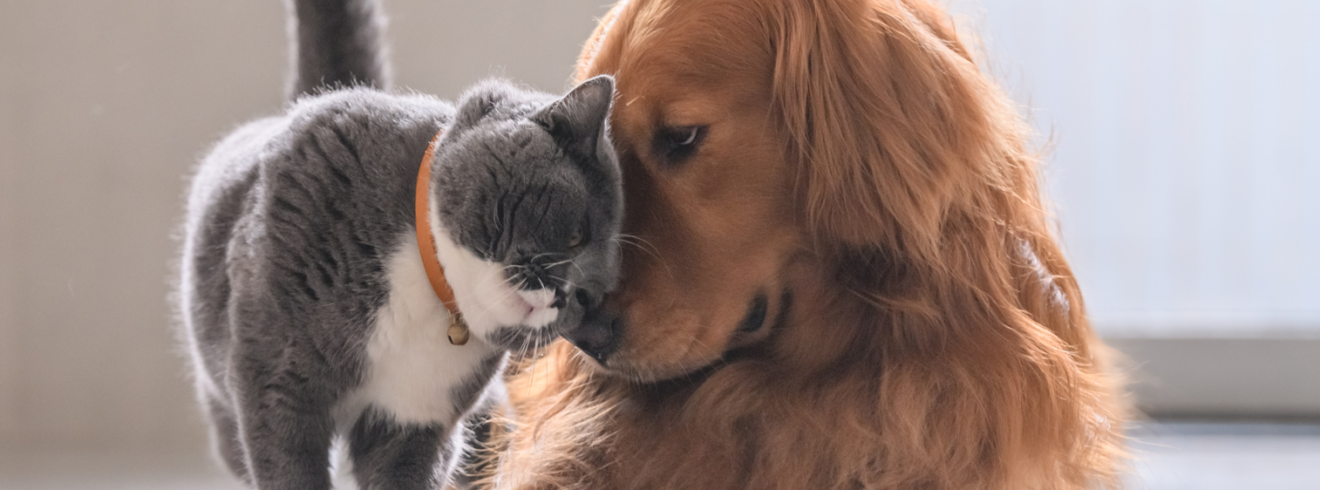Making your pet's food
At GAIN Pet Nutrition, a fundamental step in our process is to carefully select and source only quality ingredients from our trusted suppliers. Each of our products are specially formulated to strengthen your pet’s health, to cater for their specific needs and requirements. To view the full range of products in our brochure, please click here.

FAQ's
Our team of expert nutritionists use high quality; natural ingredients to provide the best nutrition that your dog needs to lead an active and healthy life. Adjust feeding rate for age, activity, and external conditions, to maintain a lean healthy body condition. Feed once or twice a day, dry or moistened as preferred. Check each product descriptions to find out how much your pet should be eating a day. Dogs have a natural instinct to store food, and eat as much as possible so be careful not to over-feed them. Make all diet changes gradually over a 7–10 day period. Store all food in a cool dry place and re-seal pack after feeding to maintain freshness. Ensure clean drinking water is provided at all times.
If you are concerned that your pet is too thin, please contact your veterinarian. To determine whether your pet is too thin, look at them from the top and the side. If you can see the outline of each rib, your pet is too thin. When looking down at your pet, if you can see the actual hip bones, this may also be an indication that your pet is too thin. From the side, your pet’s belly should go up at the end of the ribs. You might be able to see the last rib and this is okay, but you should not see more. If you have to press your hand against you pet’s side to feel the ribs, there is too much fat. Also, if you look at your pet from the side and the abdomen does not go up at the end of the ribcage, there is too much fat in the belly.
Please see the product descriptions for feeding guides in the products section.
Starting with dogs, if you have a young puppy (less than 4 months old), consider 3 – 4 meals per day. For toy breed puppies (5-10 pounds full grown), you should feed 3 – 4 meals per day until they are 10 – 12 months of age to prevent hypoglycaemia or low blood sugar. Between 4 – 6 months, feed 2-3 meals per day. After 6 months, feed 2 meals per day.
Breaking up the meals into 2 a day can have a number of benefits. Firstly, in multi-dog households, ‘free-choice feeding’ can lead to one dog eating too much, and becoming over weight. Secondly, large and giant breeds are prone to bloat, so should be fed multiple smaller meals a day. And finally, with dogs that need medication, it is easy to time the medication with the meal, which is in some cases a requirement. Free choice feeding is the most common method for feeding cats if they feed dry food, but now there are some proponents to multiple meal feeding. The benefits are the same as they are for dogs: controlled portions, you know if your cat is not eating very well right away, and the ability to time medication with meals.
To find your nearest stocklist, please use our GAIN store Locator.
Both are fine, but we strongly recommend that you feed your pet a dry pet food as they are specifically designed to give your pet all the nutrients they need, with the added bonus that they can aid clean your pets teeth.
Mailing List
Keep up to date with the latest products, offers and news from GAIN Pet Nutrition

